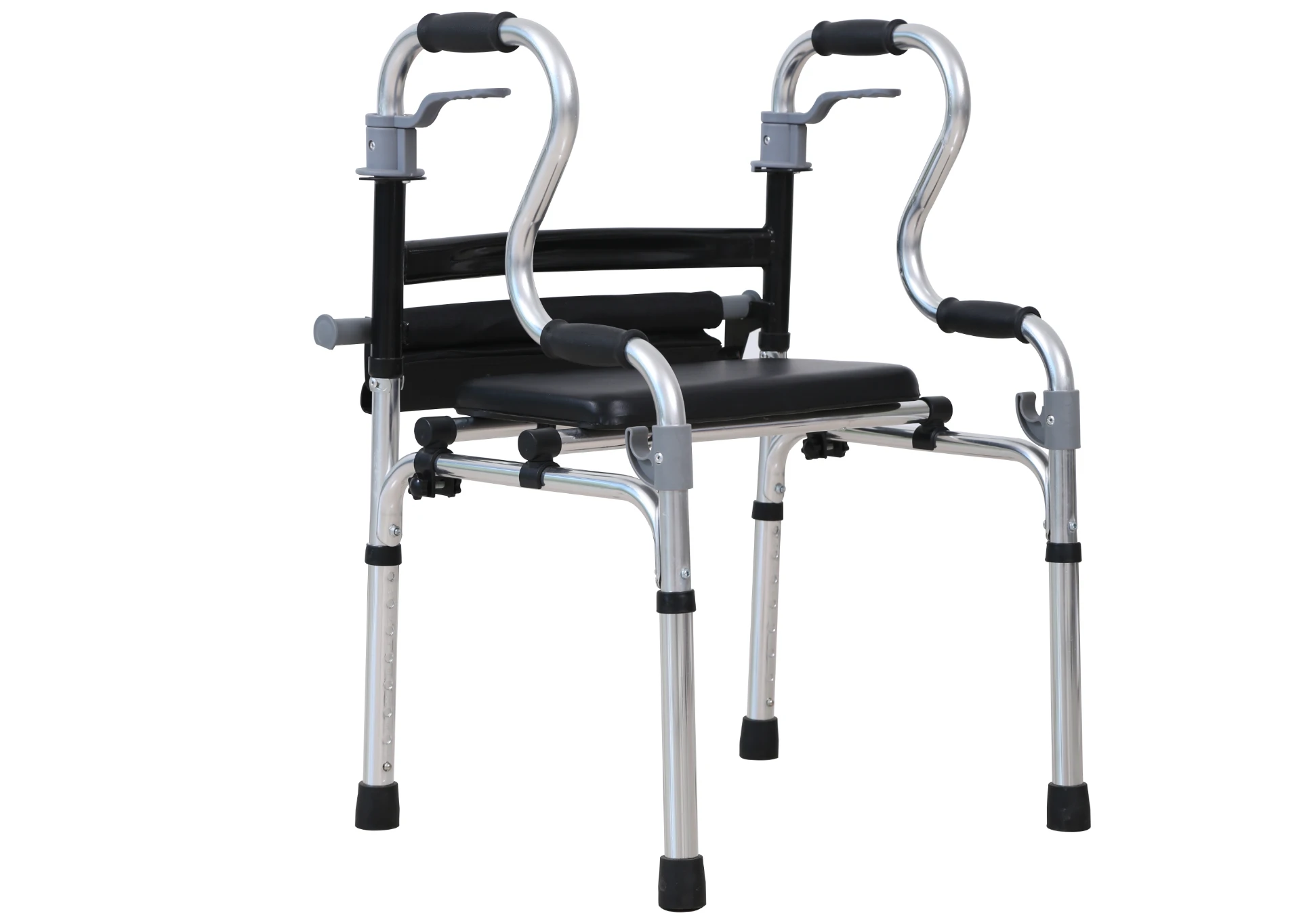Welcome to our websites!
Affordable Prices for Hospital Trolley Beds to Suit Your Budget Needs
Understanding the Price Factors of Hospital Trolley Beds
Hospital trolley beds are essential medical equipment used in healthcare facilities. They serve multiple purposes, including transporting patients within the hospital, providing a safe and comfortable area for examination, and even functioning as makeshift beds during peak times. Given their crucial role, understanding the pricing factors of hospital trolley beds is essential for healthcare administrators and purchasing departments.
Basic Features and Materials
The price of hospital trolley beds can vary greatly depending on their features and the materials used in their construction. Basic models with minimal features may cost less, typically in the range of $300 to $800. These basic trolley beds often come with a simple canvas or foam top and a lightweight frame, making them easy to maneuver. However, when considering a higher-end trolley bed that includes advanced features such as adjustable height, integrated safety straps, and high-quality materials like stainless steel or reinforced plastics, the price can skyrocket to anywhere between $1,000 to $3,000 or even more.
Mobility and Design Innovations
The design innovations in hospital trolley beds have also contributed to price variations. Beds equipped with advanced wheels for better maneuverability, locking systems to ensure safety during transportation, and ergonomic designs for comfort are often priced higher. Innovative designs that promote patient safety and comfort during transit require additional research and development, which influences the overall cost. For example, a trolley bed with powered adjustments and automatic locking mechanisms may be priced significantly higher than a conventional model due to the complexity of its components.
Brand Reputation and Warranty
hospital trolley bed price

The brand reputation of the manufacturer can heavily impact the pricing of hospital trolley beds. Recognized brands with a long history of producing quality medical equipment often charge more for their products. This premium is not just for the brand name but for the assurance of quality, safety, and advanced features that come with it. Additionally, manufacturers that offer extensive warranties and after-sales support may price their products higher, reflecting confidence in the durability and reliability of their equipment.
Compliance with Health Regulations
Compliance with health regulations also affects the pricing of hospital trolley beds. Equipment must meet certain standards set forth by health authorities, such as the FDA in the United States. Manufacturers that invest in ensuring their products meet or exceed these standards may incur additional costs, which can be passed on to the consumer. Moreover, beds designed for special medical needs, such as those that accommodate patients with limited mobility or require additional support, will also be priced accordingly.
Market Trends and Demand
Finally, the hospital trolley bed market is influenced by prevailing market trends and demand. Supply chain disruptions, such as those experienced during the COVID-19 pandemic, have led to increased demand for medical equipment, thereby raising prices. Conversely, during periods of lower demand, prices may stabilize or decrease as manufacturers look to clear inventory.
Conclusion
The price of hospital trolley beds is influenced by a variety of factors, including design features, materials, brand reputation, compliance with regulations, and market demand. When selecting a trolley bed, healthcare facilities must weigh the costs against the features and benefits that will best serve their patients' needs. Understanding these pricing dynamics is crucial for making informed purchasing decisions that will ultimately contribute to better patient care and efficient hospital operations.
-
Transforming Healthcare with Hospital FurnitureNewsJun.24,2025
-
Rehabilitation EquipmentNewsJun.24,2025
-
Mobility and Independence with WheelchairsNewsJun.24,2025
-
Freedom of Mobility with Our Rollator WalkersNewsJun.24,2025
-
Comfort and Independence with Commode ChairsNewsJun.24,2025
-
Bathing Safety and Independence with Shower ChairsNewsJun.24,2025
-
Navigating the Wholesale Landscape of Electric Mobility Solutions: Key Considerations for Power Wheelchair DealersNewsJun.10,2025











